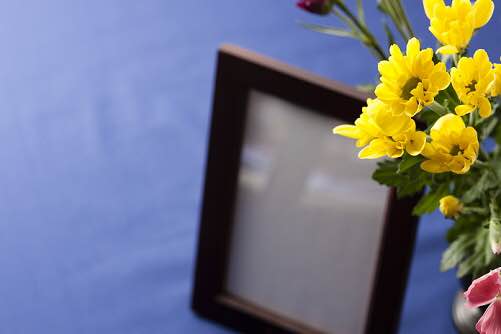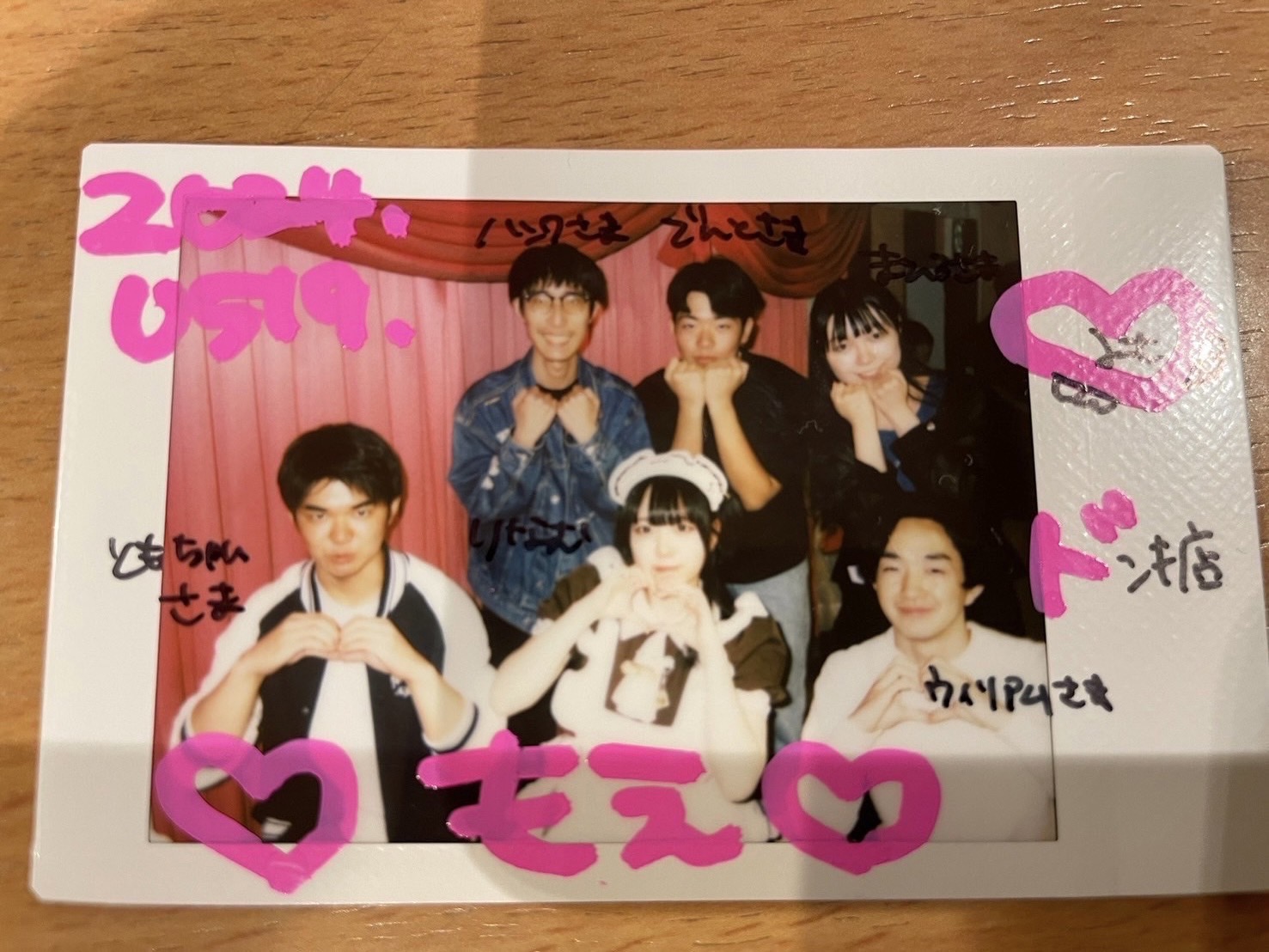Shukatsu~Part1~
“You could die today.”
Yoriko Muto, representative of Shukatsu Counselors Association, started her speech to a group of about 90 people. Shukatsu Counselors Association is a corporate body that holds seminars related to matters on death such as succession problems and other issues after the death of a family member. In recent years, a new movement shukatsu has been driving attention in Japan. Shukatsu is the abbreviation of a Japanese phrase meaning “activities (katsu) to prepare for the end (shu) of one’s life”. It focuses on making the most of one’s remaining years in life.
Many Japanese people have begun to prepare for funeral services, succession and final resting places while they are still healthy in order not to bother their relatives after their death. Recently, numerous shukatsu seminars are held across the country, and some offer unique experiences such as being placed in a coffin, or taking memorial photographs beforehand.
One day, an English TV director asked Ms. Muto how to translate shukatsu into English,. “Please use the Romanized form: shukatsu.” she answered. She believed that shukatsu couldn’t be translated into other languages because it is a phenomena that is unique to Japan. Also, she added that she avoids translating shukatsu into English because she does not want it to sounds like something related to religion.”Shukatsu is not religion. Since our lives are very precious, shukatsu offers an opportunity to collectively think on how to live a better life. “Most Japanese are atheists and religions exist in mixed forms in Japan. For example, a majority of the Japanese households have both a Shinto altar and a Buddhist altar at home. Moreover, they even celebrate Christmas. Ms.Muto believes that the open mindedness in religion of the Japanese make shukatsu possible.
Young girl, a second year middle school student, is even attending seminars to help her mother who works for shukatsu related job. The girl is one of the most serious audiences. Ms.Muto says that the number of college students and young people in their twenties who have begun to attend shukatsu seminars is increasing. Shukatsu has become a phenomenon that is not only for the elderly but for the young as well.
However, the elderly still makes up the majority of those who receive counseling. In 2014, the most frequent consultation had to do with graves and grave sites. Many people who are facing death try to relive their anxiety and their fear towards death by seeking counseling and preparing as much as they can while they are still alive.
After Muto’s lecture, one quiet man in his seventies said in tears,
“I’m glad that I came.”
Since he lost his wife twelve years ago, he had not felt alive. After the lecture, however, he appeared to find something to live for. Ms.Muto’s motto, letting people have reasons for living after her lecture, touched him.
Ms. Muto is not only a shukatsu counselor but also a lecturer of the seminar for job hunting of the university students. At the seminar, she let students “take inventory” of their lives. “Taking inventory” here means to make students consider the question ” What brought me to what I am right now?” Looking back their lives would be the first step to realize how to make their lives better. Having analyzed their lives, students give a “presentation of gratitude.” In the presentation, students earnestly state their gratitude for their family. Likewise, reflecting on a life helps people understand themselves and take care of themselves. Shukatsu, thinking about graves and inheritances, seems to be something apart from students. However, the idea of taking inventory of life is connected to the idea of shukatsu. Now, shukatsu goes beyond the matters of the afterlife. It gives people a reason to live and make them aware of the importance of life.
Written by Fumina Kayano, Serina Omata, Hiroka Inomata, Hidenao Dohino, Arito Otomo, Hikari Kawaguchi, Andrew Upton
Edited by Fumina Kayano



